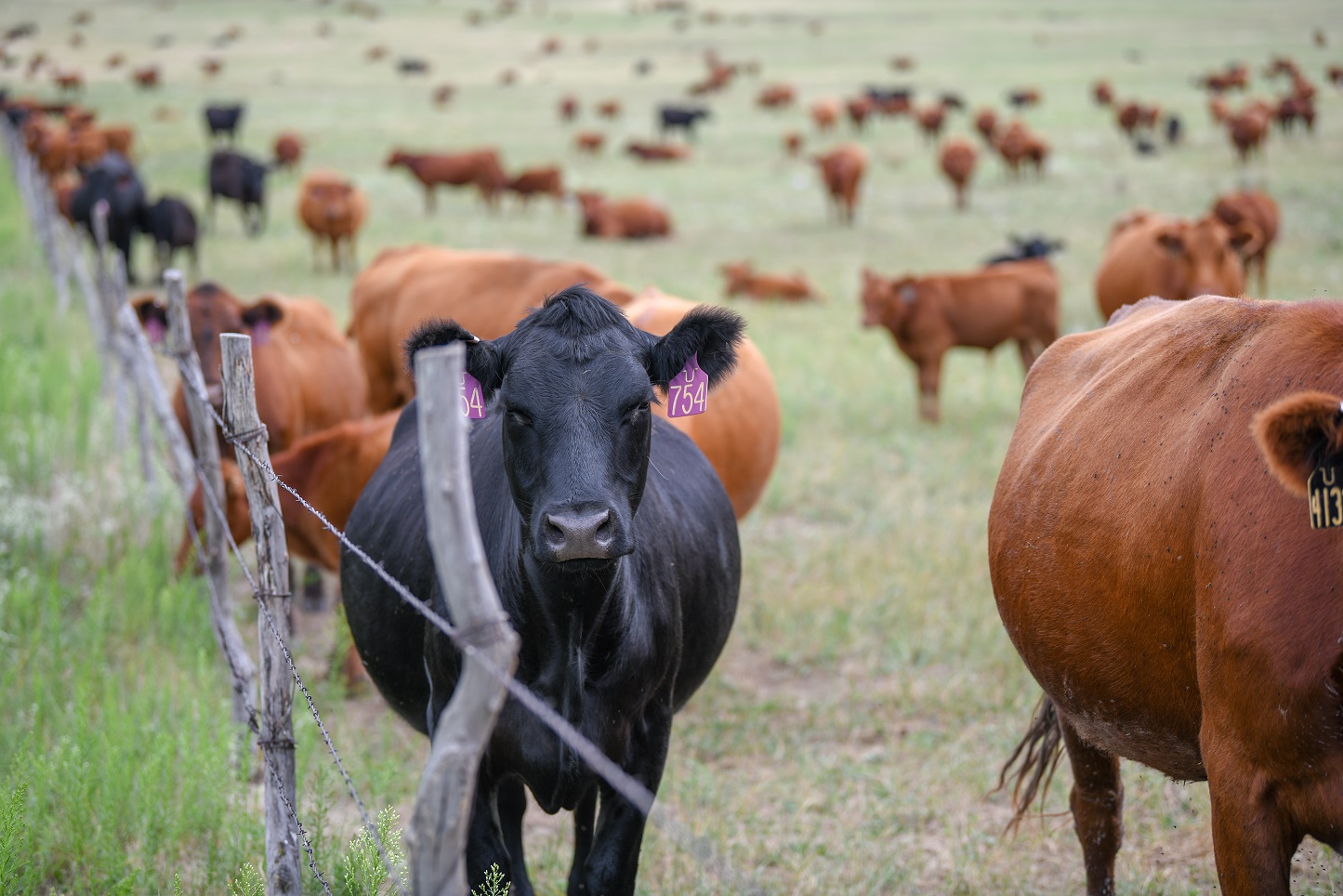Ben Beckman, Nebraska Extension Educator

Stocking pastures with the right number of animals is one of the cornerstones of proper grazing management. It’s tempting to take the easy route and keep using the same rate year after year. After all, if it’s not broke, why fix it? But over time, could this approach do more harm than good?
While we might be aware of the importance of proper stocking, we may fail to properly adjust rates to match the current reality of our operation. Proper stocking depends on two factors, animal intake and pasture productivity. Changes to either of these factors, even if they take place so slowly we don’t notice, can throw the balance off.
Production can change for the worse or better. Improving management practices like resting pastures, fertilization, or improving distribution may have actually improved production and led to understocking over time.
On the flip side, prolonged overgrazing or encroachment of invasive species like leafy spurge or cedar trees can eat away production. It is estimated that a single cedar tree with an 8-foot diameter could reduce forage production by 3 pounds. If you had a density of 200 trees per acre, that would translate into nearly a 1/3 loss in forage production because of the effects of area coverage, moisture use, and shading.
When we look at the demand side, animal size has a direct correlation with consumption. A 1400 lb. cow will naturally need to consume more than a 1200 lb. animal. While this difference may seem small (5.2 lb. of air-dried forage per day), this quickly adds up across the herd and over the grazing season. Add on top of that increased demand from high milk and production genetics we’ve selected for over time and it’s safe to say the average cow today consumes more forage than its counterpart 20 years ago.
University of Nebraska-Lincoln
